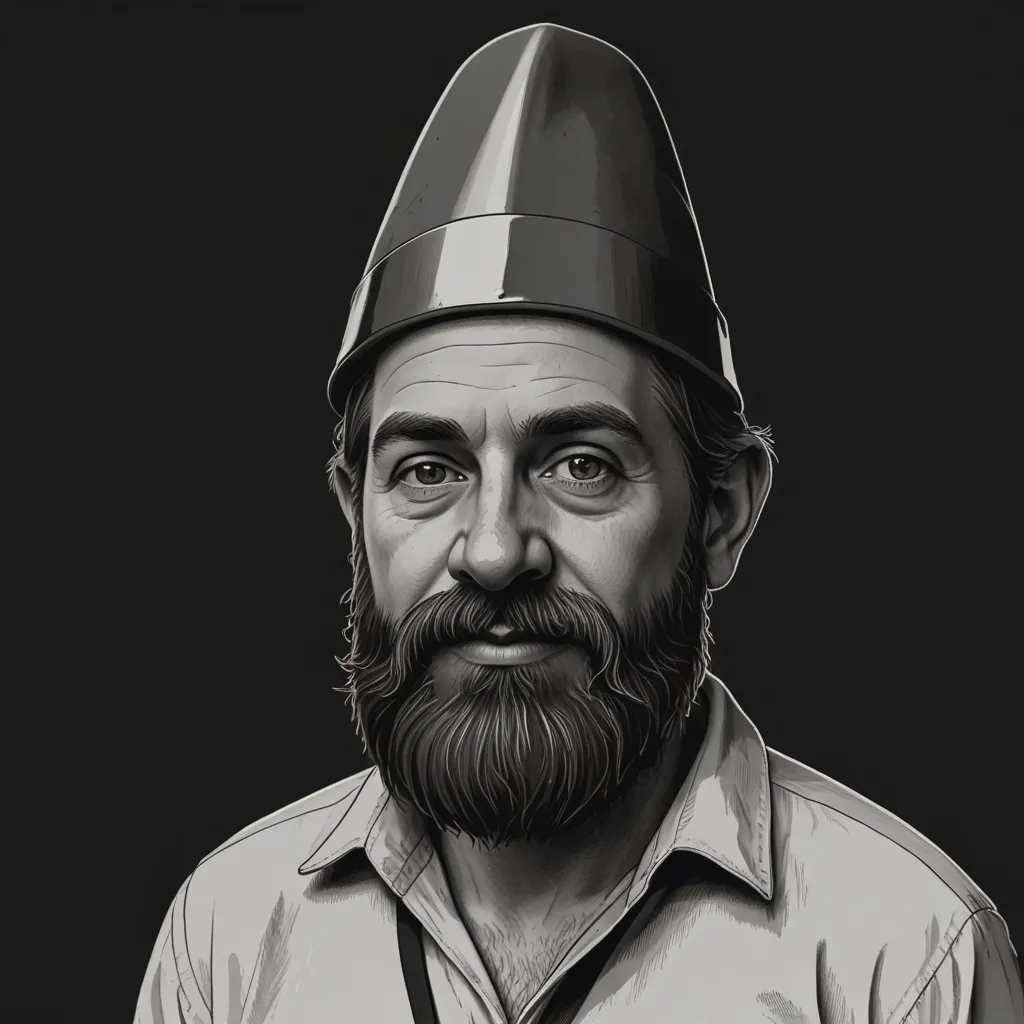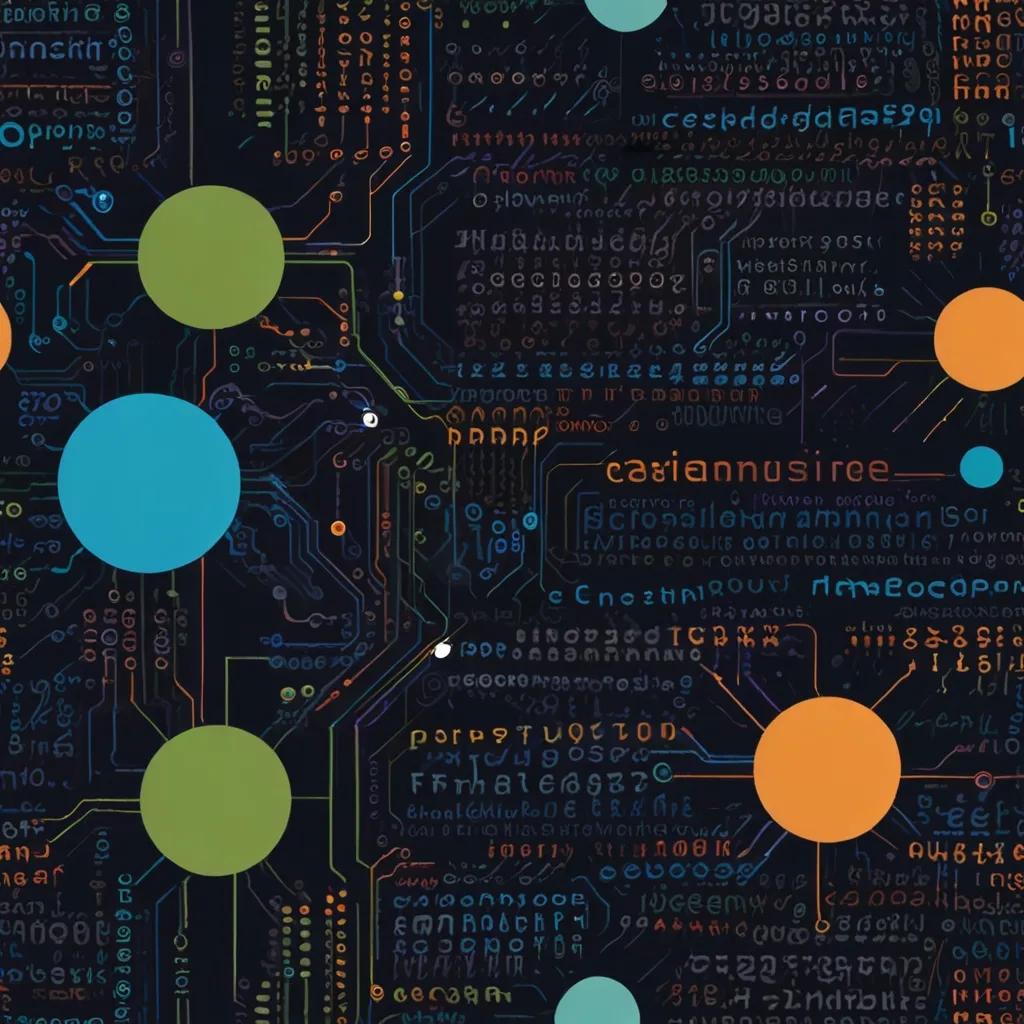In the world of programming, few languages have achieved the iconic status of Logo. Introduced back in the late 1960s, this language has been a gateway into coding for countless children. Developed by a passionate team led by Wally Feurzeig, Seymour Papert, and Cynthia Solomon from Bolt, Beranek and Newman (BBN), Logo aimed to make coding accessible and fun, particularly for younger learners.
The Birth of Logo
Logo emerged from the vision of making computers accessible to everyone, especially children. During its inception, programming languages were generally complex, designed primarily for the tech-savvy adult. Inspired by AI researcher Marvin Minsky’s belief that children could master logical thinking with the right tools, Feurzeig, Papert, and Solomon set out to create something distinct. Logo was born with simple, intuitive commands, enabling even the youngest minds to dip their toes in the coding pool.
The Turtle Graphics
At the heart of Logo was an engaging and fun feature: turtle graphics. Imagine a small turtle on a screen responding to your commands, moving around and drawing as it went. The turtle was Logo’s cursor, and it became a beloved character for many young coders. With commands like “go forward 10 steps” or “turn 45 degrees left,” children could create simple line drawings and intricate shapes, transforming learning into an exciting visual experience. The turtle even had a pen it could carry, turning each movement into a mini masterpiece.
Educational Impact
As soon as it launched, Logo quickly found a place in schools worldwide. By the early ’70s, classrooms were using it to introduce students to the basic principles of programming. Its spread wasn’t limited to classrooms alone – by the 1980s, it had made its way into homes, adapted for popular computers like the Apple II and Commodore 64. What set Logo apart was its use of English-like commands, making it extraordinarily kid-friendly compared to other languages of its time.
Teaching Programming Concepts
Logo wasn’t just about controlling a turtle. It was a platform for teaching core programming concepts. Kids who mastered moving the turtle could move on to more advanced lessons, such as loops, conditionals, variables, functions, and procedures. Writing a loop to draw a square – “go forward 10 steps and turn 90 degrees right” repeated four times – subtly introduced them to geometry and the Cartesian plane. These were significant first steps into more profound programming knowledge.
From Logo to Advanced Programming
For many, Logo was the start of a fascinating journey into the vast realm of programming. Having started with Logo, children found it easier to transition to more complex languages like BASIC, Pascal, and eventually to giants like C, C++, and Java. The logical and systematic thinking honed through Logo became a solid foundation for understanding more complex programming principles. Many Logo alumni continued to dive into the sea of programming, carving out careers in fields like software engineering and web development.
Legacy and Influence
Logo’s influence stretches far beyond its direct use. It paved the way for a new generation of educational programming tools. Take Scratch, for example – a visual programming language from MIT heavily influenced by Logo. Scratch employs a block-based interface, bringing Logo’s philosophy into the modern computing era. Other languages, such as Smalltalk, Etoys, and NetLogo, also owe a nod to Logo’s innovative approach to teaching coding.
Modern Applications
Despite its age, Logo hasn’t lost its charm. Even today, it finds use in educational settings, helping children develop computational thinking and problem-solving skills. The language has evolved to run on various modern platforms, including mobile devices. Its simplicity and intuitive nature make it a perfect entry point for aspiring young programmers.
Real-World Applications
Logo wasn’t just confined to screens and drawings. It played a significant role in the development of LEGO Mindstorms, an educational tool that enabled students to program LEGO robots. By writing simple Logo programs, kids could control their robots, making them turn, move, and interact with their surroundings. This practical application of coding fostered a deeper interest in robotics and computer science.
Why Logo Endures
The enduring appeal of Logo lies in its ability to break down complex concepts into easy, digestible bits. Turtle graphics and straightforward commands make it simple for kids to understand and engage with programming. It also nurtures creativity and critical thinking, encouraging experimentation and learning by doing. As technology advances, so does Logo, ensuring it remains a valuable educational tool for the tech enthusiasts of tomorrow.
A Personal Connection
For many, the journey with Logo is filled with nostalgia and a sense of accomplishment. It was often the magical doorway into the digital world, sparking a lifelong passion for technology. The turtle wasn’t just a cursor; it was a companion on this fascinating journey of discovery. As technology evolves, the essence of Logo continues to inspire, lighting up new paths for the curious minds eager to explore programming.
Conclusion
Logo isn’t just a programming language; it is a legendary tool that made complex ideas accessible. Its impact on educational programming and its continued relevance today underscores the importance of approachable technology. As the world of programming education advances, Logo stands as a shining example of innovation and creativity, equipping the next generation of coders and tech enthusiasts to conquer the digital frontier.






